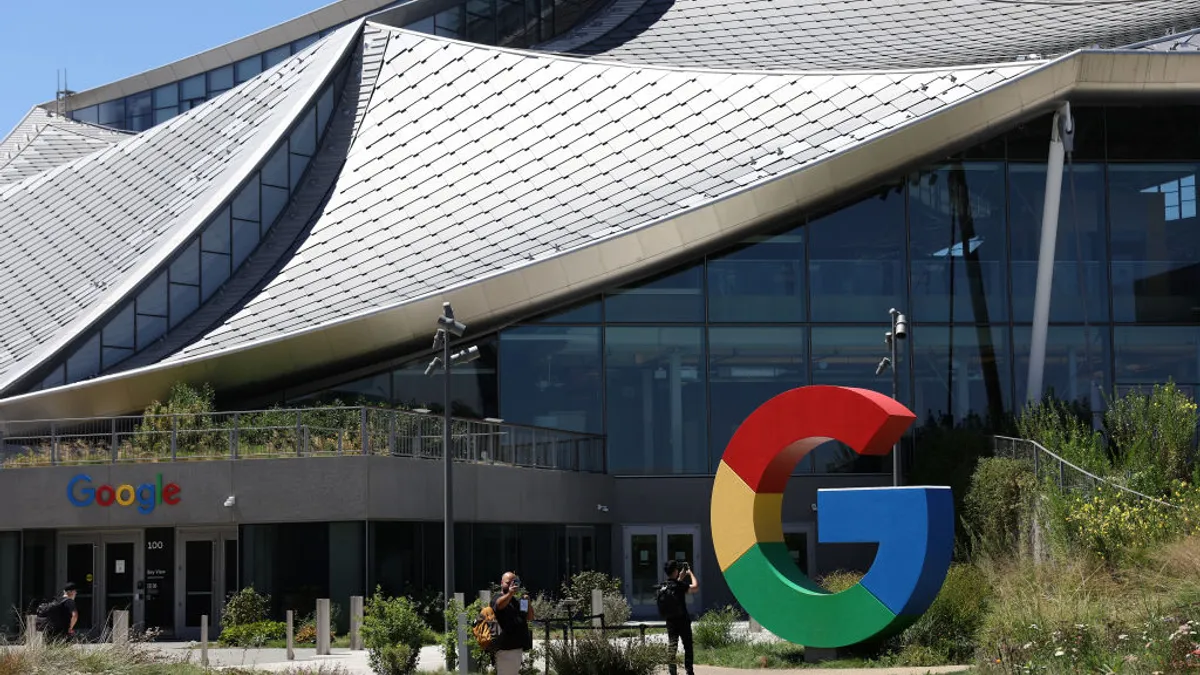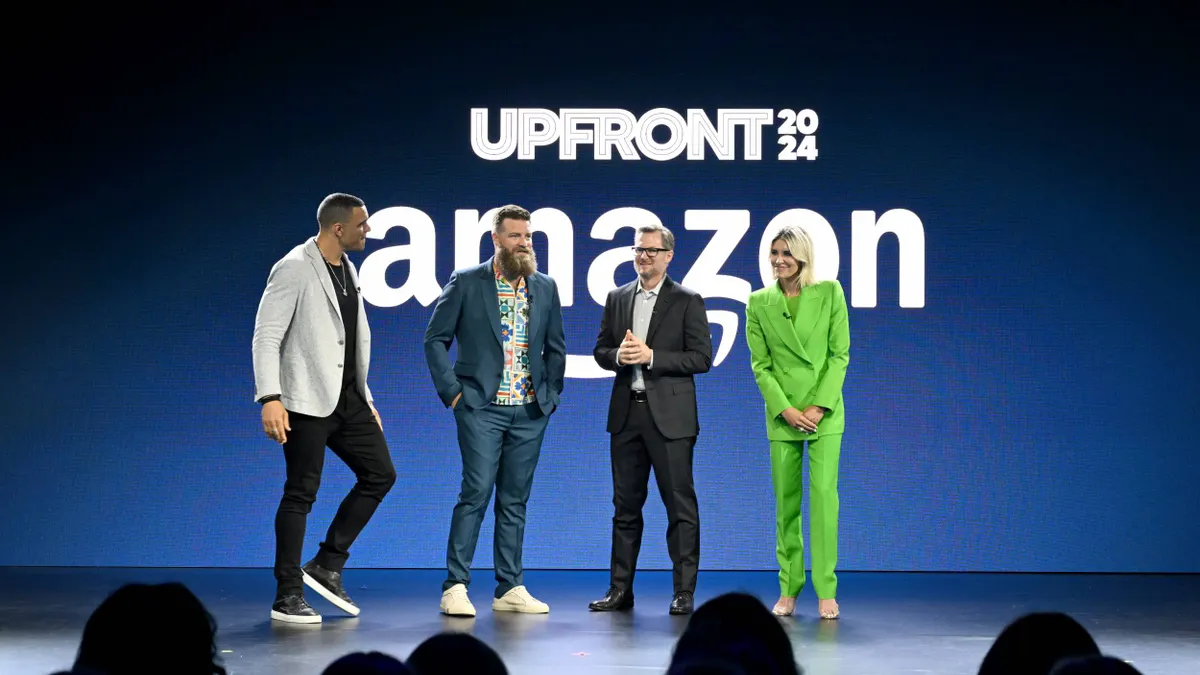Dive Brief:
- The Washington Post, the newspaper owned by Amazon founder Jeff Bezos, is adding augmented reality (AR) features to mobile content, according to a report from Digiday. Its first series, which launched on Monday, lets readers look around the interiors and listen to narration of groundbreaking architectural works using a smartphone.
- German carmaker Audi is sponsoring the series with ads that also will include AR-branded stories in upcoming installments. The first video in the series is just 10-seconds long because the newspaper wanted AR to enhance the story but not overwhelm it, said Joey Marburger, head of product at the Post.
- Smartphone users can get to the AR-enhanced story using the publication’s app on iOS devices. The newspaper may publish six series this year and expand them to also work on Android devices.
Dive Insight:
Newspapers have been looking for ways to boost readership as digital media create more ways for consumers to get information, and the Washington Post is no exception. Like many news outlets and companies in general, the Post wants to experiment with fresh forms of digital media, but virtual reality was too expensive and requires special equipment for readers to wear. AR was more feasible, and advertisers were willing to get behind it, Marburger told Digiday. Still, the Post assigned six people in editorial and engineering to produce the AR feature, comparable to the size of teams for other projects.
Despite the efforts to innovate the print reading experience through technology, it is not clear how well these efforts are doing, as publishers continue to struggle with revenue. Publishers are also experimenting with social media, programmatic buying and native advertising as ways to boost their monetization strategies as more reading moves online.
The Post first used AR to explain the events that led up to Freddie Gray’s arrest and death in Baltimore in 2015. People had to download a special app to access the content, so now, the news outlet is trying to remove friction and make it easier for users to view the story on mobile devices.












